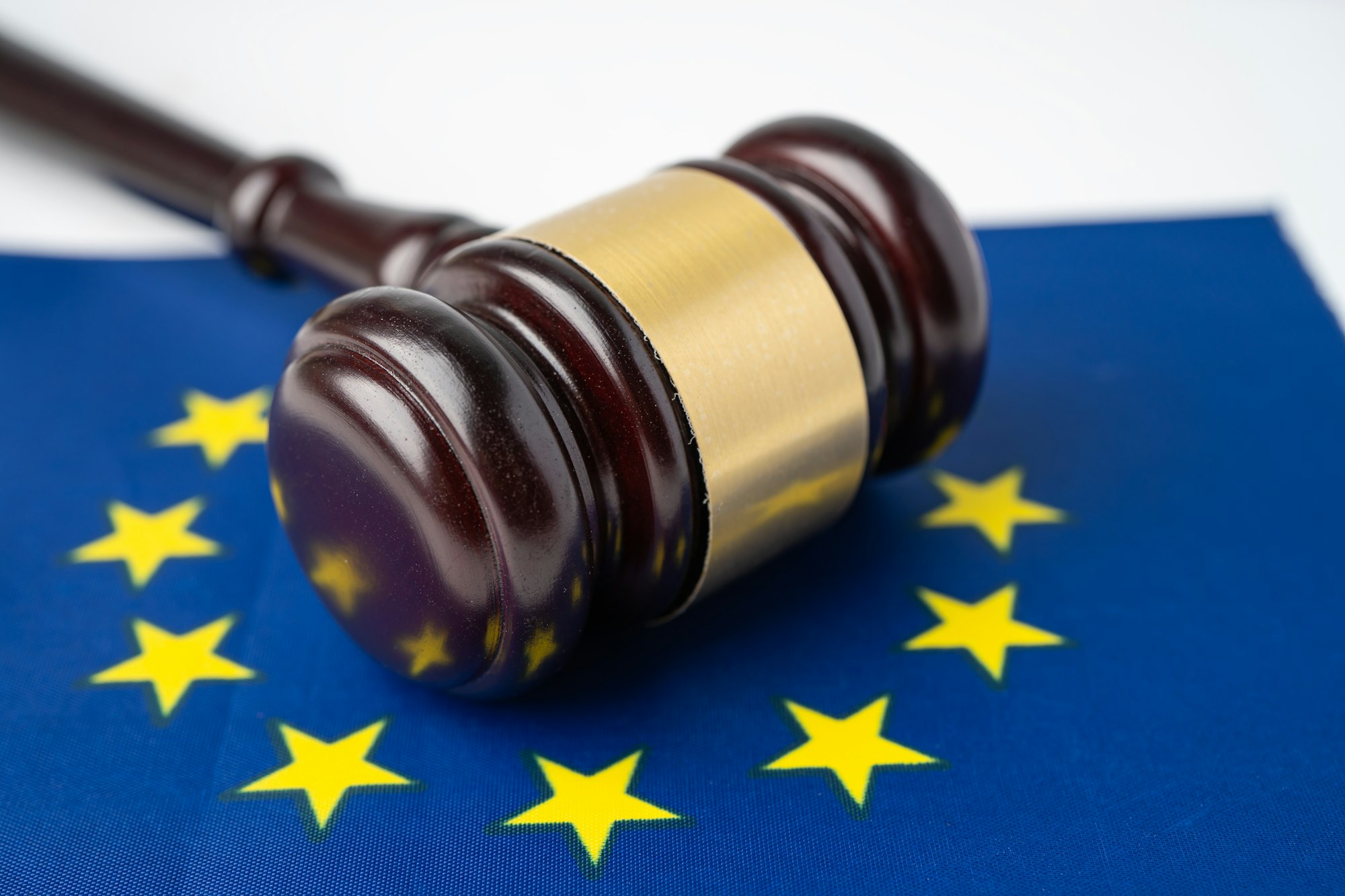The EU’s AI Law: A Step Towards Safer AI for Everyone
So, the European Parliament just said “yes” to the AI Act, which is kind of a big deal if you care about how artificial intelligence (AI) is going to shape our world. The main goal? To make sure AI grows up right, without causing a mess in society. It’s about making sure the more dangerous AI stuff gets more attention from the rule-makers.

What’s the Big Idea?
Keeping Tech Friendly and Fair
Basically, the EU wants to make sure technology doesn’t go rogue on us. They’re trying to make tech development more about people and less about profits or unchecked progress. It’s like saying, “Hey, let’s make sure these AI advancements actually do us some good.”
Leading by Example
The EU is trying to set the bar high for what good AI should look like on a global scale. They’re hoping other countries will take a page from their book and think more about the ethical side of tech.
How the AI Law Works
Sorting AI into Boxes
The AI Act sorts AI into different categories depending on how much trouble they could cause in society. The more potential harm, the more rules they have to follow. It’s especially picky about AI in critical stuff like healthcare, policing, and elections, insisting on strict rules to keep our rights safe.
Special Rules for AI Chats and Creative Tools
AI that can chat or create stuff, like those chatbots you might have talked to online, have their own set of rules. They have to be clear about where they get their info from, and they can’t just use stuff from the internet without following EU copyright rules. It’s about being honest and fair in how they learn and create.
What It Means for Businesses
With this Act moving through the law-making pipes, businesses and AI creators are hustling to make sure they’re on the right side of the rules. Staying within the law and using AI responsibly is the name of the game for anyone wanting to play in the tech field.
So, that’s the scoop on the EU’s AI Act. It’s all about making AI safer and more ethical for everyone, setting up rules based on how risky an AI is, and making sure AI plays nice with laws and rights. It’s a big step towards keeping tech in check and making sure it helps rather than hurts.

FAQs on the EU’s AI Act
1. What is the main purpose of the EU’s AI Act?
The main purpose is to regulate artificial intelligence (AI) in a way that ensures safety and ethical use. It aims to prevent AI technologies from causing societal harm by implementing a risk-based classification system that imposes stricter rules on AI systems considered high-risk.
2. How does the EU’s AI Act classify AI systems?
The Act classifies AI systems based on their potential risk to society. AI applications are sorted into categories, with high-risk ones (like those used in healthcare, law enforcement, and elections) facing more stringent regulations to protect fundamental rights and ensure safety.
3. What are the special considerations for generative AI and chatbots under the AI Act?
Generative AI and chatbots must adhere to transparency requirements regarding their training data and comply with EU copyright laws. This ensures that the content they generate is ethically sourced and respects copyright rules.
4. Will the AI Act affect AI development outside the European Union?
Yes, the AI Act is set to influence global AI policy and practices. By setting high standards for ethical AI use, the EU aims to become a benchmark for trustworthy AI worldwide, potentially affecting how AI is developed and regulated in other regions.
5. What should businesses and AI developers do in response to the AI Act?
Businesses and AI developers need to familiarize themselves with the Act’s requirements, especially if their AI systems fall into the high-risk category. Ensuring legal and regulatory compliance is crucial for leveraging AI technology responsibly and avoiding potential penalties.
Sources BBC


